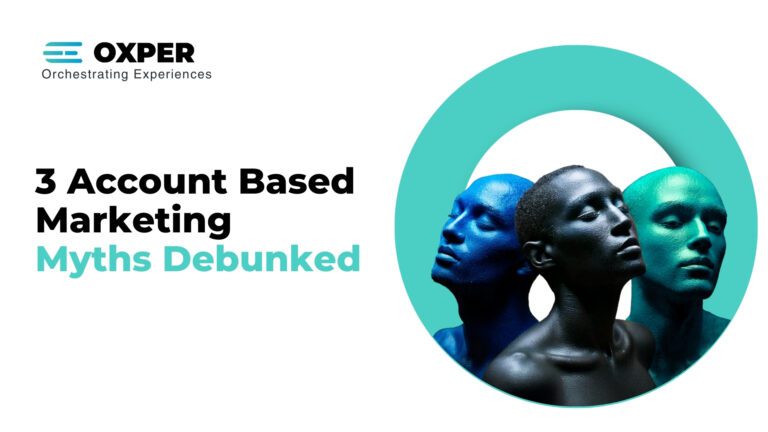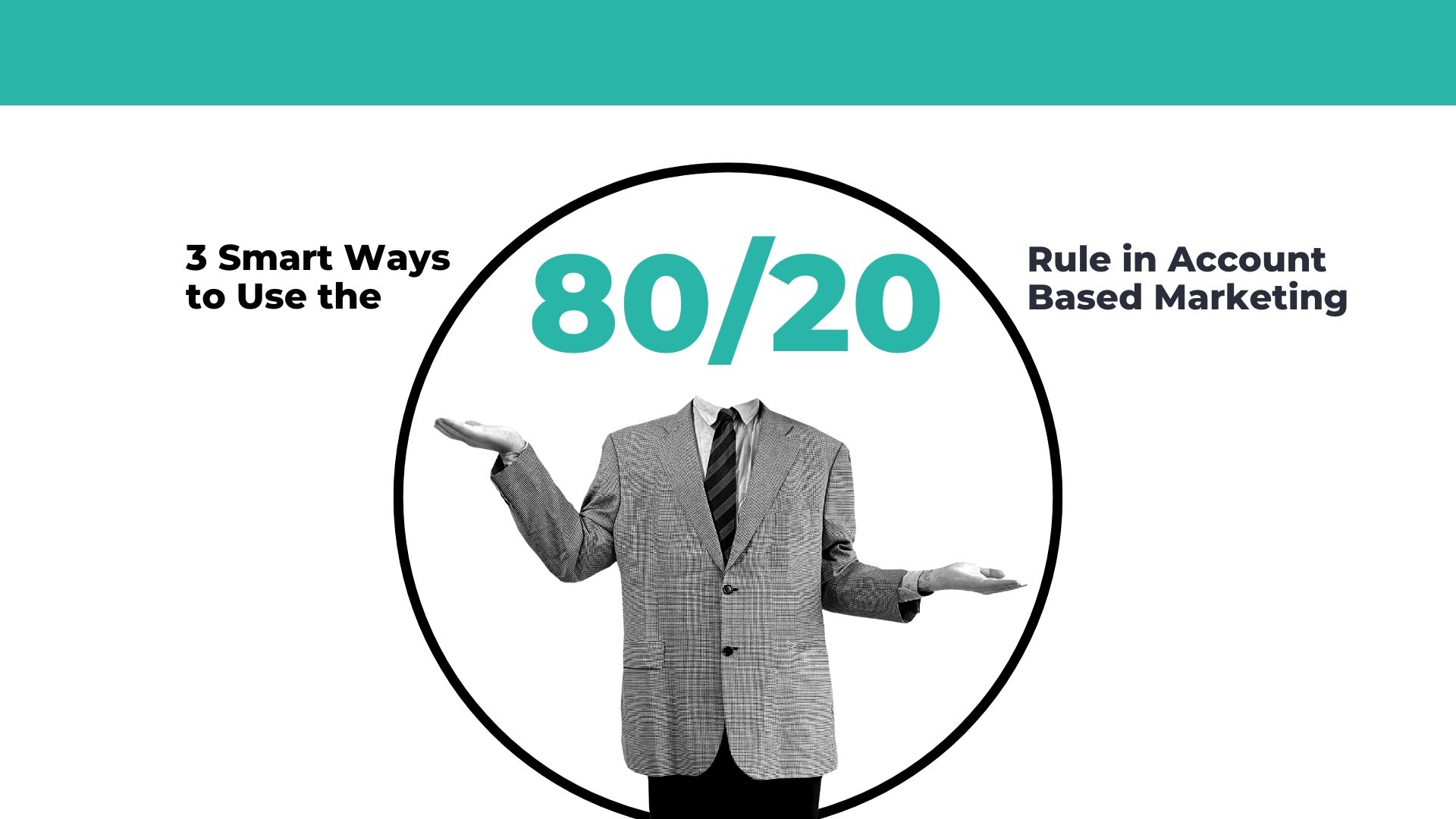Introduction
There is nothing new about account-based marketing. In fact, it is over 50 years old now and a staple in the B2B marketing circles. Recent technology has powerfully transformed it into its current, scalable form offering massive pipeline and revenue growth. Thanks to fact-based analytics, CRM, marketing automation platforms and personalization, the execution of an ABM campaign is easier, measurable and no longer labour-intensive.
But as with most big things that are part of our daily lives, account-based marketing has its own set of assumed stereotypes. It is critical to debunk these so that CEOs can make more informed decisions about employing ABM strategies that will turn their organization into a well-oiled, revenue-generating machine.
Myth #1: Only Sales Know Their Accounts
So, the misconception here is: ABM is just another form of account planning and duplicates the efforts of the sales team.
Debunked- While sales is an integral part of account selection, marketing has an equal role in discovering new leads with laser-focussed precision. Account-based marketing successfully aligns both the sales and the marketing teams to work closely with each other in order to identify these target accounts.
Myth #2: ABM is just another “Marketing Thing”
And the myth goes: Account-based marketing is just another buzzword- latest tactic or vehicle in the B2B world that doesn’t necessarily work.
Debunked- First things first- ABM is not a tactic but a strategy and there are many B2B marketing firms that offer account-based marketing services. It’s not only a marketing tool that has to be executed effectively with the sales and marketing teams, it’s a key sales enabler that aligns the company under one vision and goal. It is measurable and uses actionable insight-driven approaches to increase the return of investments.
Myth #3: Marketing Doesn’t Need to Qualify Leads
The myth here is the question: Why should marketing teams be tasked with generating leads? Isn’t it the job of the sales force?
Debunked- Since, ABM requires the marketing and sales teams to unite their forces in order to win those target accounts through personalization, marketers must keep some leads in the pot to gather more information about their needs. These leads may not be warm but aren’t necessarily cold either. After identifying their needs, the marketing team can dole out content that resonates with them to turn them into Sales Qualified Leads (SQLs).
Conclusion
When implemented correctly, Account-Based Marketing is not just a fad, nor is it something that is solely owned by one department—it’s a data-driven, actionable strategy that completely unites sales and marketing to achieve meaningful business outcomes. By dispelling the typical misconceptions, organizations can have a better understanding of what ABM is capable of, and that will activate it for generating high-quality leads, building stronger relationships with clients and return on investment.
Don’t let unincorporated perceptions keep your growth at bay. If you want to take your marketing efforts to the next level by developing a revenue-driven ABM strategy, contact Oxper Martech at 8595504359. Let’s turn your target accounts into success stories!
FAQS
1. What is Account-Based Marketing (ABM)?
Account-Based Marketing (ABM) is a strategic B2B marketing approach that focuses on targeting and engaging specific high-value accounts rather than a broad audience. ABM aligns marketing and sales teams to deliver personalized campaigns tailored to the unique needs of each account, resulting in higher ROI, improved customer relationships, and accelerated deal cycles. ABM leverages data-driven insights to prioritize accounts and deliver hyper-targeted content across channels.
2. Why are there misconceptions about Account-Based Marketing?
Misconceptions about account-based marketing often stem from a lack of understanding or confusion with traditional marketing methods. Many businesses assume ABM is too complex, too expensive, or only applicable to enterprise-level companies. Additionally, as ABM strategies continue to evolve with technology and AI-driven tools, outdated beliefs persist. These misconceptions prevent businesses from realizing the strategic value of ABM in driving personalized engagement and revenue growth.
3. What are the most common myths about ABM?
Several account-based marketing myths limit its adoption. The most common ABM myths include:
“ABM is only for big companies” – In reality, ABM can benefit startups and SMBs by focusing on the most valuable accounts.
“ABM is just another sales tactic” – ABM is a collaborative strategy between sales and marketing.
“ABM takes too long to show results” – While ABM is strategic, it often leads to faster deal closures through targeted efforts.
“ABM requires a massive tech stack” – Effective ABM can start with simple tools and a clear targeting strategy.
Is Account-Based Marketing only suitable for large enterprises?
No, account-based marketing is not limited to large enterprises. While big companies may have more resources, ABM is highly effective for small and mid-sized businesses (SMBs) as well. ABM enables SMBs to maximize limited budgets by focusing on the most valuable, high-intent accounts, delivering personalized experiences that increase conversion rates. With the right strategy, even businesses with smaller teams can successfully implement and scale ABM.
5. Does ABM require a large budget to be effective?
Contrary to popular belief, account-based marketing does not require a large budget to be successful. The core of ABM lies in precision targeting and personalized outreach, not high spending. By focusing on a smaller pool of high-value accounts, businesses can achieve better ROI compared to traditional marketing methods. Many effective ABM campaigns leverage cost-efficient tactics such as email personalization, tailored content, and LinkedIn targeting—making it accessible to businesses of all sizes.





